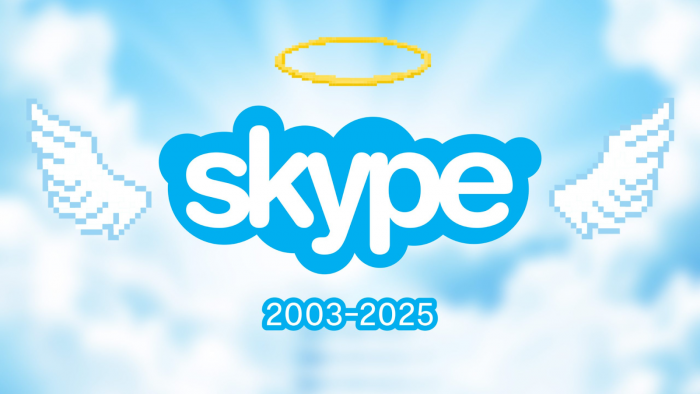Microsoft has officially retired Skype, bringing an end to one of the most well-known internet communication platforms in modern tech history. The shutdown, effective from May 5, 2025, is part of Microsoft’s broader move to consolidate its services under the Microsoft Teams ecosystem.
This development impacts millions of remaining Skype users and reflects a strategic shift in how communication platforms are being integrated into larger productivity suites.

Why Is Skype Being Discontinued?
Skype’s shutdown stems from multiple intersecting factors:
- Declining User Base: Usage dropped from over 300 million monthly users at its peak to fewer than 30 million by 2024.
- Overlapping Features: Skype and Microsoft Teams offered similar functionality, leading to redundancy across Microsoft's product lineup.
- Strategic Focus on Teams: Microsoft has positioned Teams as its central communication and collaboration platform for both individual users and organizations.
- Market Competition: Zoom, Google Meet, WhatsApp, and other mobile-first tools have increasingly taken over Skype’s use cases.
What Happens to Existing Skype Accounts?
Microsoft has outlined a transition plan for users:
| Feature / Service | Post-May 5, 2025 Status |
| Login Credentials | Can be used to sign in to Microsoft Teams |
| Chat History | Migrated to Teams if logged in using same account; also available for export until January 2026 |
| Skype Number | Remains active until expiry; can be ported or forwarded via Teams |
| Skype Credit | Refunds available or usable for limited time |
| Skype Subscriptions | No longer renewable; existing plans will expire with billing cycle |
| App Availability | Removed from app stores; functionality may phase out gradually |
Does Microsoft Teams Fully Replace Skype?
Functionally, yes, though not identically. Microsoft Teams (including its free tier) offers:
- 1:1 and group voice/video calls
- Persistent chat threads
- Screen sharing and meeting scheduling
- File sharing and integration with OneDrive
- Calendar integration and collaborative spaces
Teams is built to serve both professional and personal use cases, making it Microsoft’s designated successor to Skype.
Key Milestones in Skype’s Journey
| Year | Event |
| 2003 | Skype was founded in Europe as a peer-to-peer voice communication tool |
| 2011 | Acquired by Microsoft for $8.5 billion |
| 2013 | Bundled with Windows operating systems |
| 2017 | Microsoft launches Teams, gradually shifting focus |
| 2020 | COVID-19 accelerates video call usage; Zoom and Meet gain dominance |
| 2023 | Microsoft confirms Skype's long-term phase-out |
| 2025 | Skype officially shut down on May 5 |
Alternatives to Skype
While Microsoft recommends transitioning to Teams, users may consider other platforms based on their specific needs:
| Platform | Strengths | Target Users |
| Zoom | Reliable large-scale meetings, webinars | Business, education, remote teams |
| Google Meet | Integrated with Google services | Individuals, small teams |
| Ubiquitous, simple mobile communication | Personal users | |
| Signal | End-to-end encrypted, privacy-focused | Security-conscious individuals |
| Discord | Community-oriented with channels and bots | Creators, gaming communities |
Strategic Implications for Microsoft
Skype’s retirement aligns with Microsoft’s broader product rationalization strategy. Other \examples of consolidation include:
- Moving from Internet Explorer to Microsoft Edge
- Replacing OneNote legacy apps with a unified version
- Integrating standalone tools like To-Do into Outlook and Teams
By unifying its communication stack around Teams, Microsoft aims to reduce duplication, improve cross-platform consistency, and streamline future development and support efforts.
Summary
The end of Skype is not just the shutdown of an app; it represents a shift in how communication services are structured and delivered within ecosystems like Microsoft 365. With increasing demand for unified, cloud-based collaboration tools, standalone communication apps like Skype are becoming obsolete.
Users who still rely on Skype should migrate to Microsoft Teams or explore other alternatives based on functionality, privacy, or platform preference. Export options and support will remain available until early 2026.
For now, Skype’s two-decade run is officially over, and Microsoft is moving forward with a single, integrated solution.
Post Comment
Be the first to post comment!




